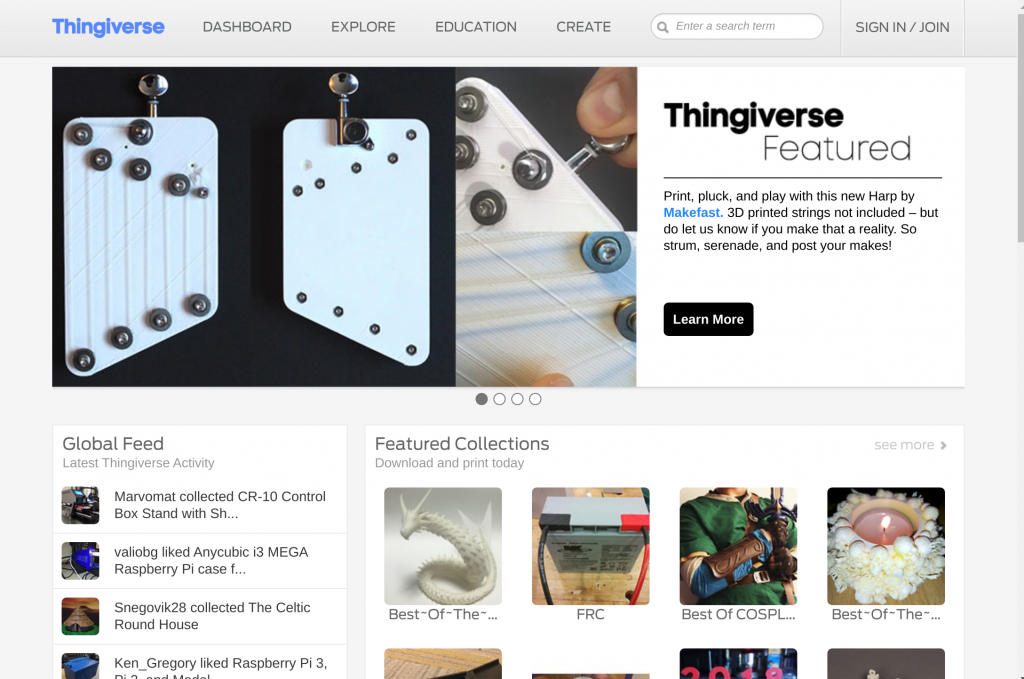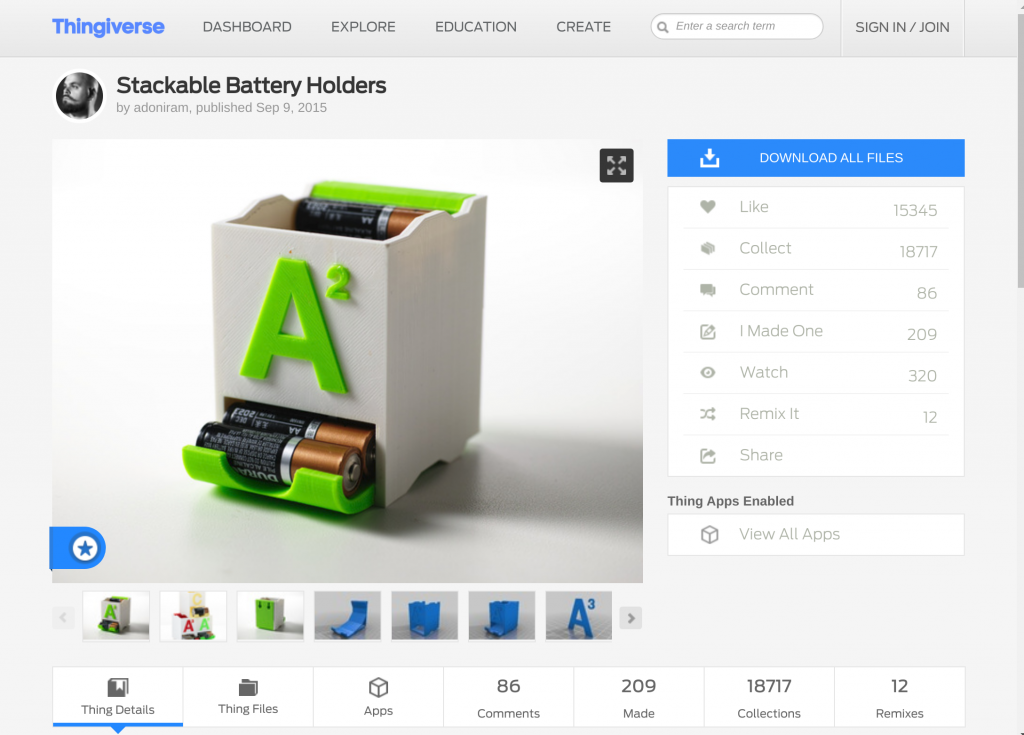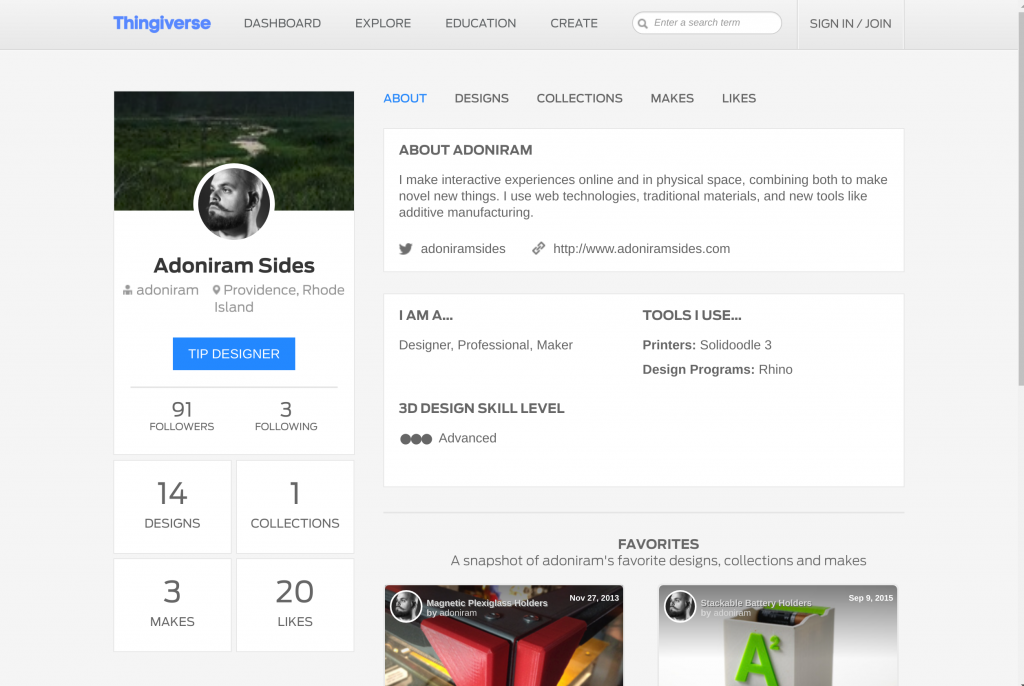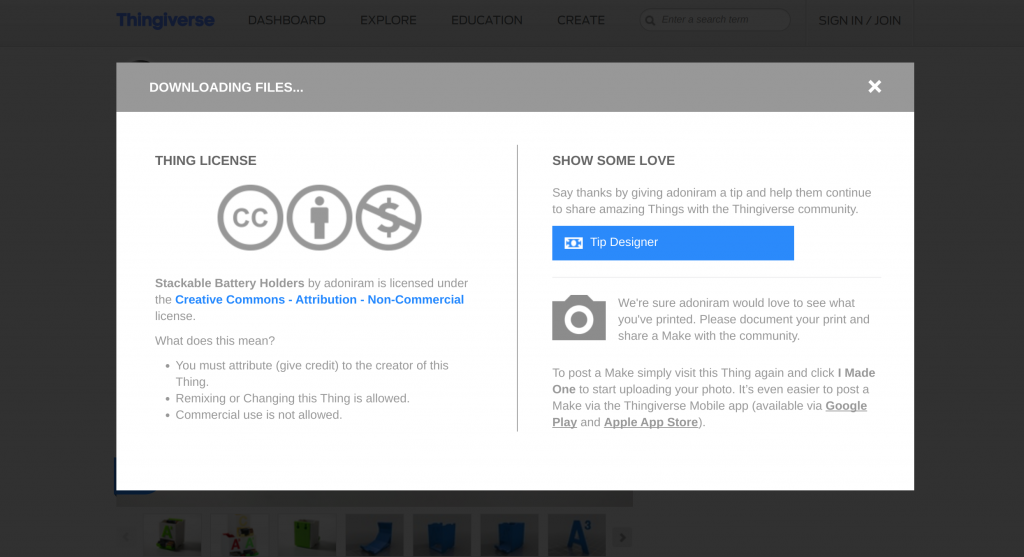Two years of spending more time in ‘dark forests’
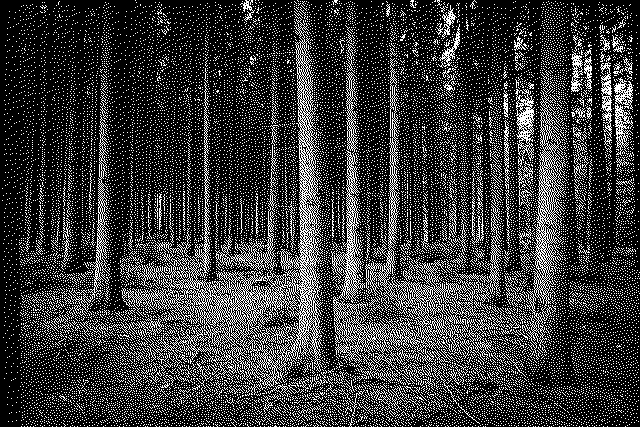
Back in 2019, Yancey Strickler wrote:
Imagine a dark forest at night. It’s deathly quiet. Nothing moves. Nothing stirs. This could lead one to assume that the forest is devoid of life. But of course, it’s not. The dark forest is full of life. It’s quiet because night is when the predators come out. To survive, the animals stay silent.
Is our universe an empty forest or a dark one? If it’s a dark forest, then only Earth is foolish enough to ping the heavens and announce its presence. The rest of the universe already knows the real reason why the forest stays dark. It’s only a matter of time before the Earth learns as well.
This is also what the internet is becoming: a dark forest.
In response to the ads, the tracking, the trolling, the hype, and other predatory behaviors, we’re retreating to our dark forests of the internet, and away from the mainstream.
In doing so, he gave a name to something many of us had been feeling: that the fully-public spaces we previously inhabited in a carefree way are increasingly ideological battlegrounds. In response, we crave “depressurized conversation… possible because of… non-indexed, non-optimized, and non-gamified environments”.
I’ve spent a lot less time on Twitter in the last couple of years. But it’s changed and I’ve changed, and I find more joy, fulfilment, and recognition elsewhere these days. Slack channels, corners of the Fediverse, and Signal chats have become a lot more important in my life.
As Strickler wrote in a follow-up post, however, we can’t just stay in the forests all of the time. To “expect anything to change for the better”, he says, “we have to actively engage”. For some people, that will look like the digital equivalent of punching nazis. But for others, it will look like building, maintaining, and evangelising spaces which are more conducive to the depressurised conversations we often seek.
In a bid to be ever-more-present for my family and my own mental health, I’ve been experimenting again with Pinafore, an alternative front-end for Mastodon. Devoid of commercial imperatives to ‘hook’ users, this webapp implements easy-to-use toggles based on guidelines from the Center for Humane Technology. (You may remember the latter from the Netflix documentary The Social Dilemma.) For example, you can turn the interface to greyscale, hide boosts and unread notifications, and make it so you have to press a button to reload the timeline.
Small differences, to be sure. But I’ve noticed that it makes a noticeable difference in lessening the number of times that I may mindlessly pick up my phone to do the dreaded ‘stare and scroll’…
Image based on an original by Kilian Kremer


